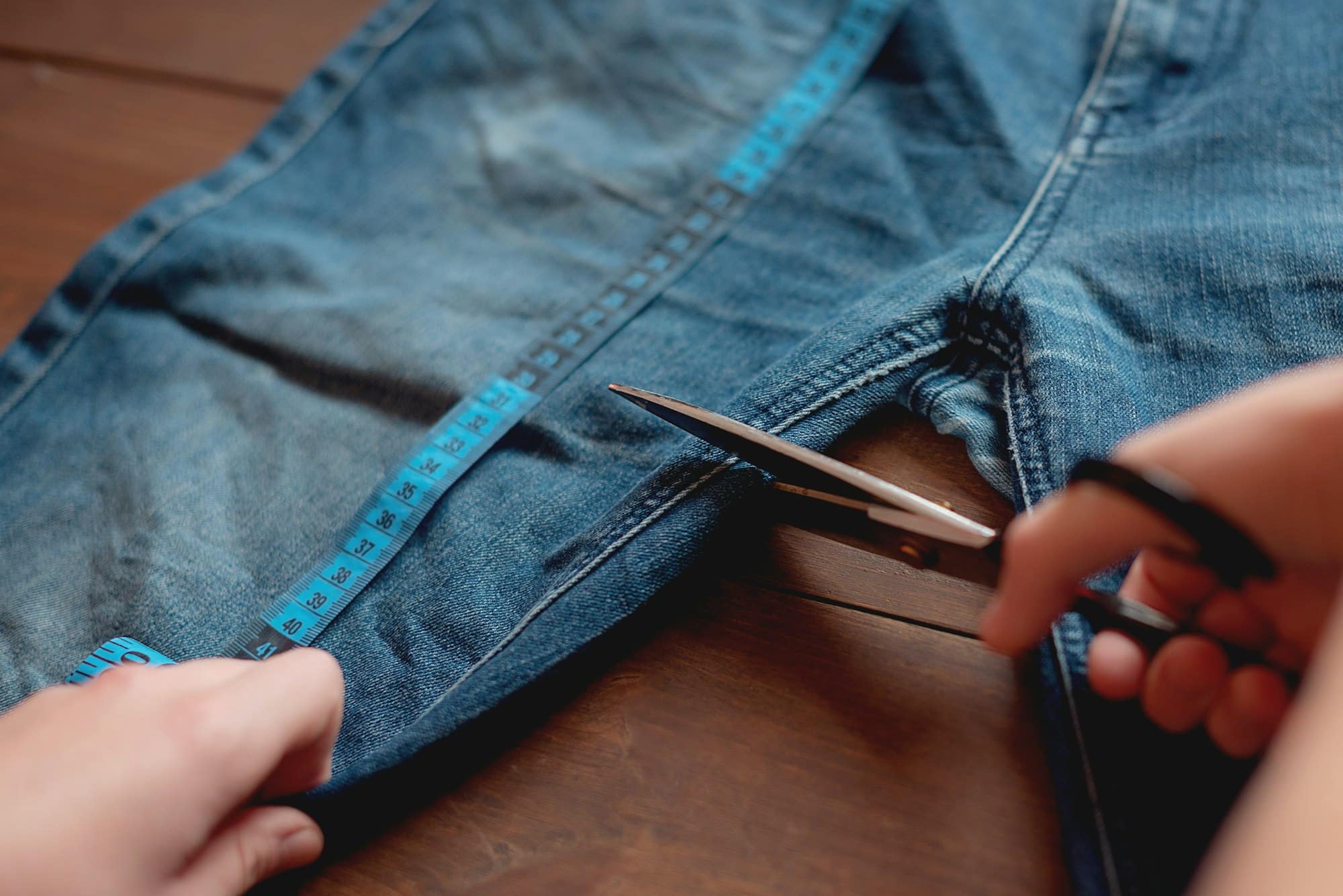What Are the Best Techniques for Upcycling Furniture in a Sustainable Way?

A growing consciousness of environmental sustainability has taken root among all aspects of our lives. From the food we eat to the clothes we wear, and not forgetting the furniture we use. An old piece of furniture does not necessarily become a piece of junk. On the contrary, it could be the start of a new, fabulous project. This is where upcycling comes in, a practice that’s rapidly gaining popularity. The process involves giving new life to old or discarded items by transforming them into something beautiful, functional and, most importantly, sustainable.
In the upcoming lines, we’ll arm you with the best techniques for upcycling furniture in a sustainable way.
A découvrir également : Transforming hatchery operations: explore innovative solutions
1. Understand the Potential of the Piece
Before you start tearing apart that old chair or table, take a moment to understand the potential that lies within it. What can it be used for? What other forms can it take? Understanding the potential of the piece can open up a world of ideas for upcycling.
The value of an item is not always apparent at the first glance. An old wooden crate, for instance, may look like it’s destined for the dumpster, but with a little creativity and care, it can become a stylish coffee table or a quirky bookshelf. An antique chair can be transformed into a unique, stand-out piece with just a new coat of paint and reupholstered seat.
Cela peut vous intéresser : Discover engaging chinese and korean novels in translation
Remember, the goal here is not just to restore the furniture to its former glory, but to add a personal touch while promoting sustainability.
2. Use Eco-Friendly Materials
An essential part of sustainable upcycling is using eco-friendly materials. It’s not just about breathing new life into an old piece, but also making sure that the process doesn’t harm the environment.
Consider using natural or water-based paints and varnishes which are free from harmful chemicals. These products have lower levels of volatile organic compounds (VOCs), making them less harmful to breathe in and better for the environment.
When it comes to fabrics for reupholstery, opt for sustainable and ethical choices like organic cotton, linen, hemp, or even recycled polyester. These materials are not only better for the planet, but they also add a touch of eco-friendly elegance to your piece.
And don’t forget about the stuffing! Opt for natural materials like wool or cotton, or recycled materials like PET filling, which is made from recycled plastic bottles.
3. Incorporating Repurposed Materials
Repurposed materials are the bread and butter of upcycling. These are materials that have been used in one context, but are repurposed for another use. It’s all about finding new uses for things that would otherwise be considered waste.
Have you considered using discarded wooden pallets to create a rustic coffee table? Or what about using old leather belts to create a unique and stylish chair? There are so many possibilities when it comes to repurposing materials for upcycling.
It’s worth noting that repurposing requires a keen eye for the potential in items that are often overlooked. It also demands a creative mind to reimagine these pieces in a new context.
4. Learning the Right Skills
Upcycling furniture requires a bit of skill and knowledge. It’s not as simple as slapping on a coat of paint and calling it a day. Different projects may demand different skills, like woodworking, reupholstering, or simply knowing how to properly prepare and finish a piece.
Luckily, learning these skills is easier than ever with countless resources available online. From detailed YouTube tutorials to online classes in furniture restoration, there’s no shortage of ways to learn.
Remember that it’s okay to start small and work your way up. You don’t have to start with a complex project. Start with something manageable and gradually add more challenging projects as your skills improve.
5. Embrace the Unexpected
Perhaps the most exciting thing about upcycling is the element of surprise. When working with old or discarded material, you’re often working with unique, one-off pieces. This can lead to unexpected challenges but also to exciting discoveries.
Maybe you’ll find a hidden drawer in an old desk, or a beautifully crafted joint in a seemingly plain piece of furniture. Embrace these moments. They add a layer of uniqueness to your project that simply can’t be replicated with new, mass-produced pieces.
Remember, upcycling isn’t just about creating something new out of something old. It’s also about valuing the history and character of the original piece, cherishing its quirks, and celebrating its transformation.
In conclusion, upcycling furniture isn’t just a creative and fun hobby. It’s a sustainable practice that allows you to reduce waste, save money, and create stunning and unique pieces of furniture. So next time you spot an old, forgotten piece of furniture, remember these techniques and consider giving it a new lease of life.
6. Master the Art of Repair
One of the essential skills in upcycling furniture is the art of repair. From fixing a broken chair leg to mending cracks and holes in wooden tables, this is a skill that can breathe new life into old or damaged furniture pieces.
Start by learning about the different types of furniture repair methods. The technique you’ll need to use will depend on the type of damage and the material of the furniture. For instance, loose joints in wooden furniture can often be tightened with glue, while scratches on a wooden surface can be hidden with a matching wood filler.
Next, familiarize yourself with the tools needed for furniture repair. Essential tools include clamps to hold pieces together while glue dries, a good quality wood glue, sandpaper for smoothing out rough areas, and paint or varnish to finish the piece.
Lastly, practice patience. Furniture repair is often a slow process that requires careful attention to detail. Don’t rush the process. Take your time to ensure that the repair is done right. After all, the aim of upcycling is not just to make old furniture usable again, but to enhance its value by making it better than it was before.
7. Creativity is Key
Creativity is the lifeblood of upcycling. It is what enables you to see the potential in an old, discarded piece of furniture and imagine how it can be transformed into something new and beautiful.
One way to boost your creativity is to expose yourself to different styles and designs. Visit furniture stores, browse online galleries, or flip through home décor magazines. This will give you a wealth of ideas to draw from when upcycling your furniture.
Experiment with different materials and techniques. Don’t be afraid to try new things. You might be pleasantly surprised by the results! For example, try using fabric paint to add colorful patterns to a dull upholstery, or apply a decoupage technique to give a wooden table an artistic makeover.
Remember, the goal is to create a piece that not only serves a functional purpose but also reflects your personal style and taste. So, unleash your creativity and let it guide your upcycling journey.
Conclusion
Upcycling furniture is an exciting and rewarding journey that combines creativity, skill, and a passion for sustainability. It allows you to reduce waste, save money, and create one-of-a-kind pieces that bring character and style to your home.
So the next time you see a piece of old, discarded furniture, don’t view it as junk. Instead, see it as a blank canvas full of potential. With the right techniques, eco-friendly materials, and a dash of creativity, you can transform it into a masterpiece.
Remember, upcycling is more than just a trend. It’s a sustainable practice that can help us preserve our planet’s resources and create a better future. So, get started on your upcycling journey today, and make a difference one piece of furniture at a time.
